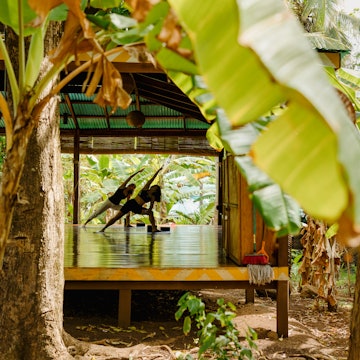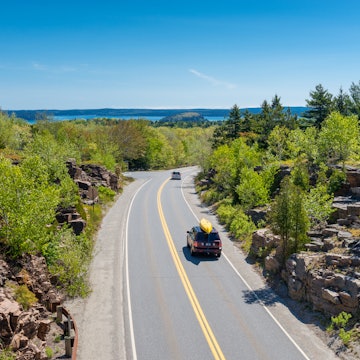
A first-time guide to the US Open: the ultimate tennis tournament

Jun 6, 2025 • 7 min read
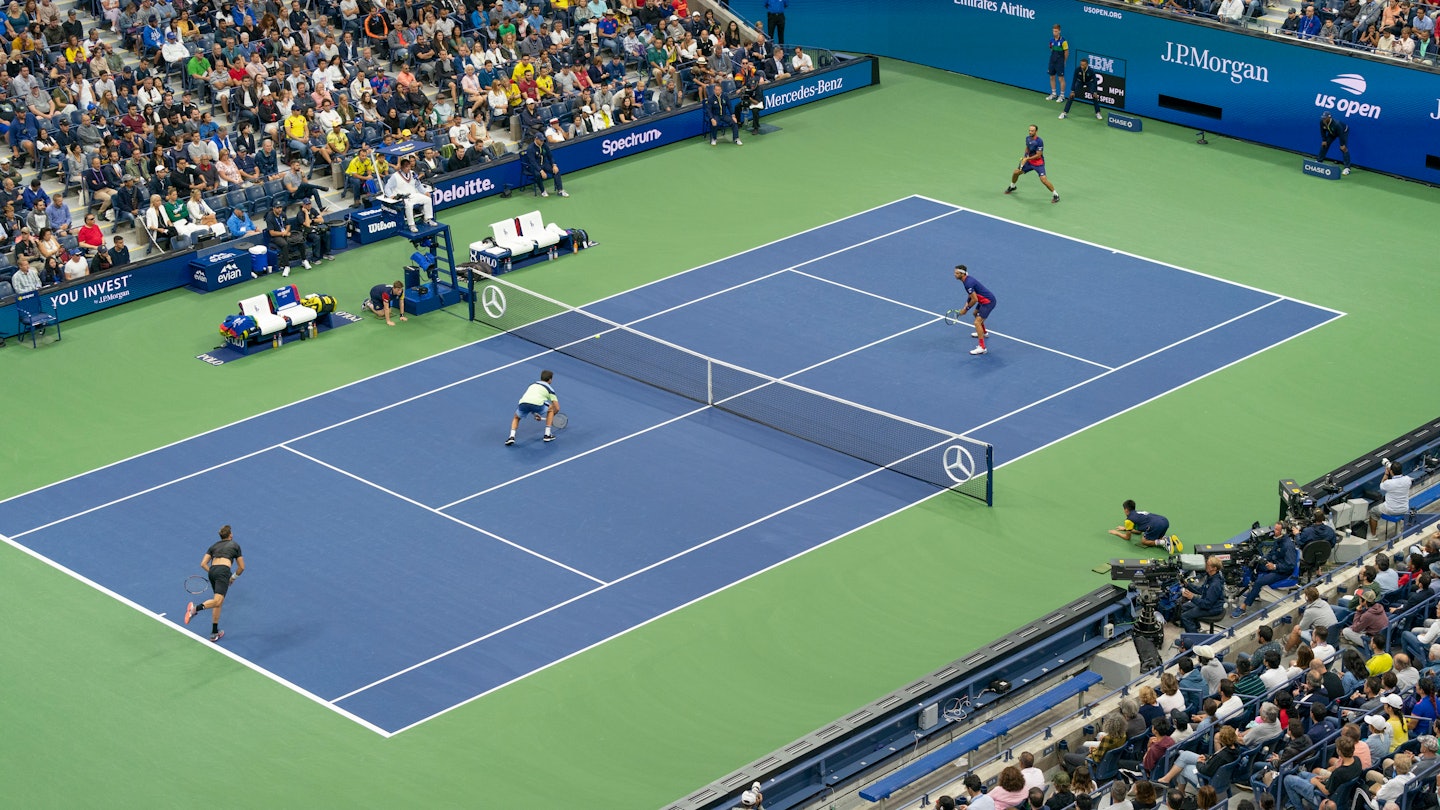
Catch all the US Open tennis action at the Billie Jean King National Tennis Center in New York City. lev radin/Shutterstock
Visitors to New York City are spoiled for choice when it comes to world-class events: this is a town that knows how to put on a show. One of the city’s many major moments each year – the US Open Tennis Championships – takes place in Queens for two weeks on either side of Labor Day. It’s a spectacle I’ve been lucky enough to attend for several years, and I promise that despite the price tag, few marquee experiences are as rewarding.
What is the US Open?
The US Open is a fortnight of Grand Slam tennis in the city that never sleeps and is one of the most vibrant and visceral sporting events on Earth. Where else can you watch matches into the wee hours of the morning alongside bonafide movie stars and bigwigs, with a boisterous and vocal crowd that hangs on every point? Professional tennis players agree this is the most exciting and electric tournament on the tour. Even if you don’t normally watch tennis, attending the US Open is an energizing experience. There’s also much to do and see off the courts; the local food offerings alone are worth the trip to Flushing Meadows.
Here’s everything you need to know about New York’s Grand Slam tournament.

When is the US Open?
The tournament takes place from late August to early September, and 2025 is the first year with a Sunday start, on August 24, allowing tennis fans to see first-round action without having to take a day off work. The matches go on for two weeks, day and night, culminating in the finals on September 6 and 7. The day sessions begin at 11am, while the evening sessions kick off at 7pm.
Where is the US Open?
All events take place at the USTA Billie Jean King National Tennis Center in Flushing Meadows, New York.
How do I get tickets?
Tickets to the US Open cost a lot of money. And all the sessions sell out almost immediately after going on sale, leaving only marked-up resale tickets on Ticketmaster. I won’t say there’s no way to get non-resale, face-value tickets – but that has been my experience. Other online ticket vendors, such as SeatGeek and StubHub, also offer resale tickets. It’s best to shop around, and definitely make sure any ticket vendor guarantees the veracity and existence of the tickets.
To give an idea of prices, a first-round grounds pass for the day session (which means you can access outer courts and smaller stadiums on a first-come-first-serve basis) is currently hovering around $350 (originally selling for $175), but prices can, though rarely do, fluctuate.
The deeper you get into the tournament – or if you wish to get assigned seating in one of the three stadiums – the more you’ll have to pay. It can get, frankly, ridiculous and infuriating. What’s worse is that after you pony up double what tickets originally cost, you’ll see an ungodly abundance of empty seats, especially in the early rounds. DO BETTER, US OPEN!
If money is no object, check out On Location, which specializes in hospitality offerings, such as individual courtside seats and access to a luxury box.
Pro tip: There is a way to experience the Open without dropping a dime: Fan Week. The week before the action starts, anyone can visit the grounds at the USTA Billie Jean King National Tennis Center and get a taste of the action. While there are no matches, you can catch Carlos Alcaraz, Jessica Pegula, Ben Shelton, Iga Świątek and all the big-name star players practicing on multiple courts.
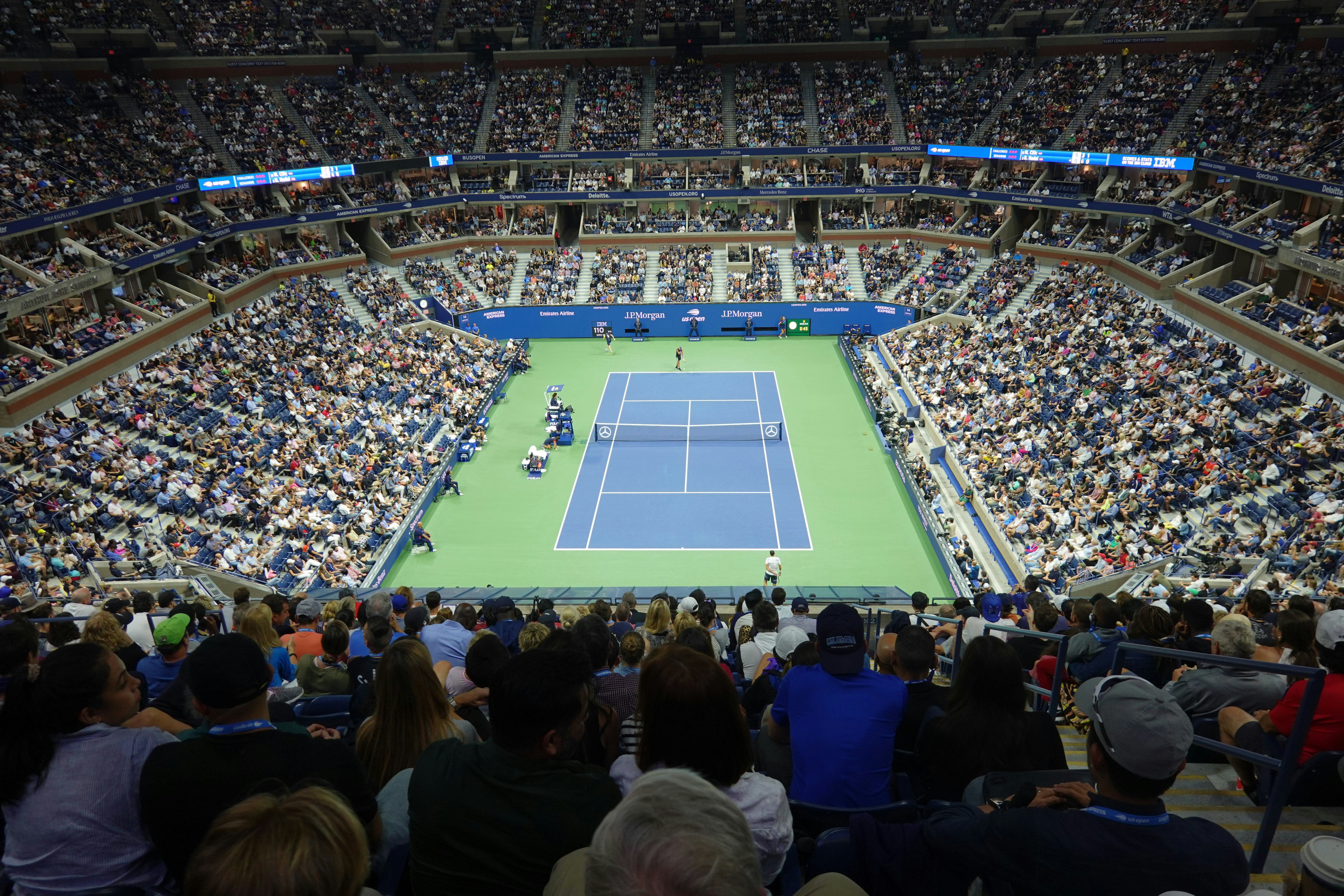
What sessions should I attend?
Night sessions are where the fire is, and they get more boisterous as the tournament progresses. I prefer day sessions during the early rounds, and I recommend arriving early because lines can be long. Doors open at 9:30am during the tournament and at 10am during Fan Week.
Where should I stay?
Few options are more convenient than hotels near Flushing, Queens. Those hotels usually sell out early, but keep an eye out for cancellations. Alternatively, you can stay in Manhattan and commute via subway. Airbnb and short-term rentals have been all but outlawed (unless the host is there), so hotels or crashing with friends or family are your best bet.
The NH Collection New York Madison Avenue near Grand Central Station is an ideal launching point for attending the tournament, with easy access to the 7 train. And a few US Open players stay there each year. Even better, they host a meet and greet for guests. This is a hotel that isn’t on many domestic travelers' radars, so its distinctly European feel is unmistakeable. Rooms hover around $300–400 per night, for two nights early in the tournament.
Our New York City guidebook also recommends the chic Boro Hotel in Long Island City.
For something more unique, NYC has some charming B&Bs, including the Black-owned Akwaaba Mansion in Brooklyn, that can give you a taste of local life as well as a memorable, personalized stay.
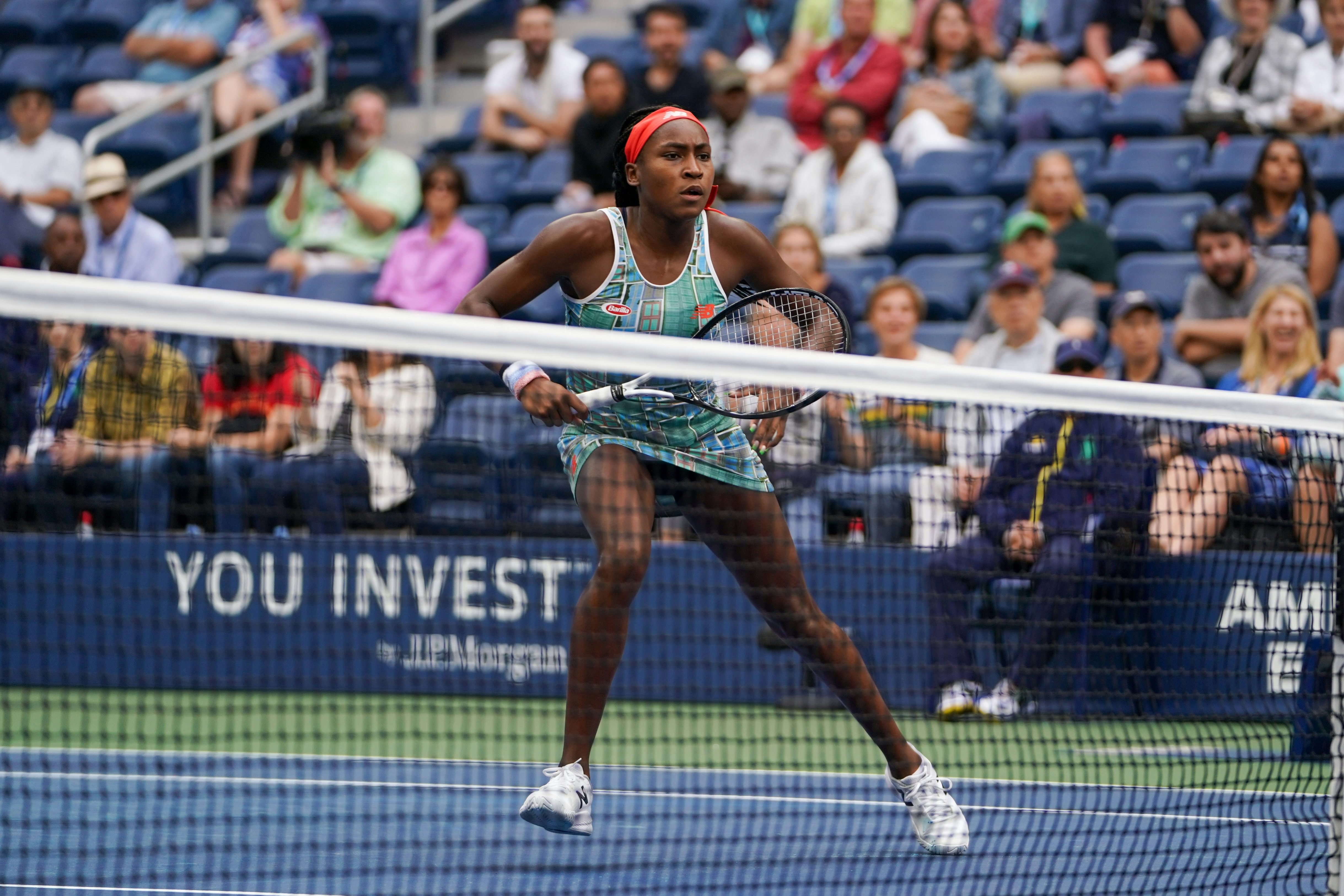
How do I get to the US Open?
Could you drive or take an Uber? Yes. But real New Yorkers take the 7 train to Mets-Willets Point (Citi Field is here, too) to get to the USTA Billie Jean King National Tennis Center in Flushing Meadows. From Grand Central Station, it takes about 45 minutes and a short walk over a pedestrian bridge will bring you to the entrance. This is NYC at its best.
What should I bring to the US Open?
Bring as little as possible to remain unencumbered and whiz through the security checks. I carry only my phone (it doubles as my wallet), a spare charger, a hat, sunglasses and my fave liquid 50 SPF sunscreen (no spray cans allowed) to prevent my skin from burning. Stuff all of it into your pockets if possible, and if you need to bring a bag (no backpacks), you may have to put up with a longer line for it to go through the security screening – bags need to be small (12” W x 12” H x 16” L).


What are the food and drink options at the US Open?
There are so many wonderful things to eat and drink at the Open, and it’s all pretty pricey (nothing about tennis is cheap). They change up the purveyors every year, but they’re all local: try a Fuku fried chicken sandwich, a lobster roll from Red Hook Lobster Pound, or cool off with some Van Leeuwen Ice Cream (the affogato cream is my favorite).
If you’re a drinker, you must order a Honey Deuce, the tournament’s signature cocktail made with Grey Goose vodka, lemonade, raspberry liqueur and a spear of three tennisy melon balls, served in a commemorative plastic cup – it’s the perfect souvenir. Or you can opt for an Aperol spritz from the eponymous stand near the outer courts.
Anything else I need to know?
You can pay to store luggage prior to entering the grounds if you’re arriving at the Tennis Center before you can drop your gear.
Chase cardholders can borrow mobile phone chargers, and American Express cardholders get portable radios that wrap around your ear, so you can hear the televised commentary.
Expect large crowds on the grounds. It can be difficult to navigate, so get your bearings before you arrive, download the US Open app with the grounds map and decide what matches you want to see and the courts on which they’ll be played.
You can only enter certain courts at certain intervals during each match, so don’t get frustrated if you’re held back from entering.
Finally (and this is probably not encouraged), after the day session, I stay on the grounds and perch myself outside Arthur Ashe (the center court of the US Open) to watch the first few games of the evening session from the main plaza, Honey Deuce in hand. This is how I watched Serina Williams' final professional match, along with a large crowd of fans, and it is one of my favorite moments of any tournament I’ve ever attended.













